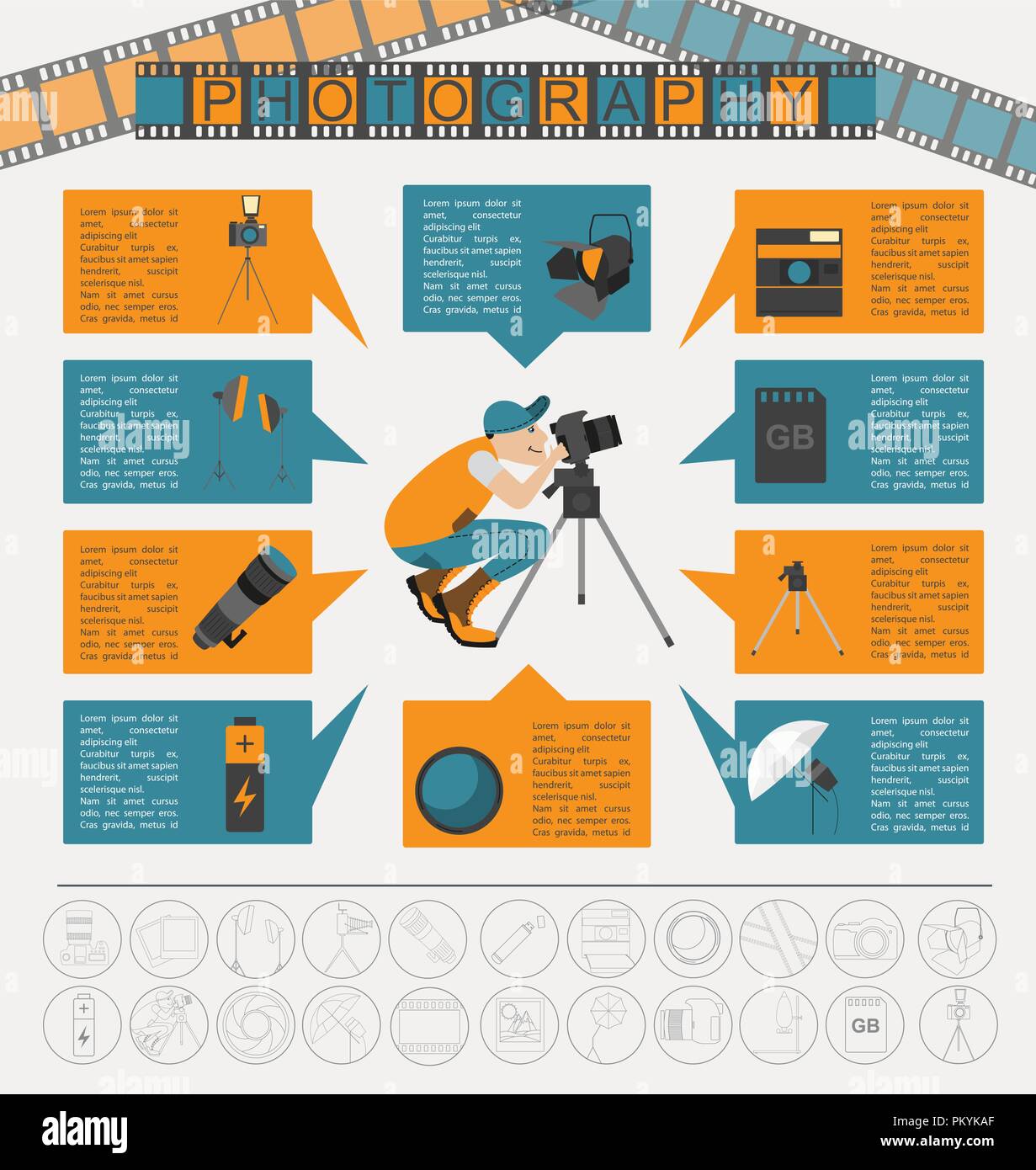What Every Photographer Needs To Understand About Lighting
What Every Photographer Needs To Understand About Lighting
Blog Article
Web Content Writer-Beck Fraser
As a digital photographer, you know that illumination can make or damage your pictures. Understanding the nuances of both all-natural and synthetic light is necessary for recording the state of mind and quality you aim for in your job. Whether you're chasing after the perfect golden hour glow or tweak your man-made configurations, grasping these components can raise your photography substantially. Yet there prevail challenges that Jen Worley Photography forget, and recognizing them can change your method to every shoot. Let's discover what you might be missing and exactly how it can affect your outcomes.
Recognizing Natural Light
Recognizing natural light is vital for any professional photographer wanting to boost their work. It's the structure of wonderful digital photography, influencing state of mind, tone, and clarity. When you shoot outdoors, focus on the time of day. The gold hour-- shortly after sunrise and before sunset-- supplies soft, warm light that can transform normal scenes into stunning pictures.
https://telegra.ph/Just-How-To-Locate-Your-One-Of-A-Kind-Design-As-A-Professional-Photographer-01-08 ignore the power of overcast days. Cloud cover diffuses sunlight, producing a soft, even light that's best for portraits and macro photography. You'll discover shades appear this sort of lights without severe darkness.
Positioning matters, as well. Constantly consider your subject's alignment to the light. If http://scotty9enrique.xtgem.com/__xt_blog/__xtblog_entry/__xtblog_entry/37555253-important-photography-gear-what-you-truly-required-to-start?__xtblog_block_id=1#xt_blog 's behind your subject, you might end up with a shape, which can be dramatic however mightn't be what you desire. Alternatively, direct sunlight can create uncomplimentary shadows.
Trying out angles; in some cases, altering your perspective can yield incredible outcomes. Use all-natural reflectors, like water or sand, to jump light onto your topic, including measurement.
Mastering Artificial Light
Mastering man-made light is important for professional photographers who intend to take their skills to the next degree. Whether you're making use of speedlights, studio strobes, or continual lights, understanding how to manipulate these sources can significantly boost your images.
Begin by acquainting yourself with the essentials of light high quality, instructions, and shade temperature. Experiment with different modifiers like softboxes, umbrellas, or grids to regulate the soft qualities or harshness of the light.
You'll find that soft light often produces flattering outcomes, while harsher light can include dramatization and deepness. Do not avoid darkness; they can improve the three-dimensionality of your topics.
Pay close attention to the placement of your lights. A light located too close to your topic can develop uncomplimentary outcomes, while too far away can cause an absence of information. Make use of a light meter or your cam's histogram to guarantee you're exposing properly.
Last but not least, remember that man-made light can be mixed with ambient light for innovative impacts. Balancing these sources might take practice, but once you grasp it, your digital photography will absolutely radiate.
Techniques for Various Scenarios
When you step into different capturing situations, adapting your illumination strategies is critical for capturing the most effective pictures. For exterior pictures, use the golden hour-- early morning or late afternoon light-- to soften darkness and improve skin tones.
If it's a severe midday sunlight, take into consideration utilizing a reflector to jump light back onto your topic or look for shaded areas for a much more also exposure.
In low-light situations, like interior occasions, increase your ISO and use a vast aperture to allow in more light. A tripod can help get rid of video camera shake, permitting longer exposures without obscuring.
If you're contending evening, experiment with off-camera flash to produce dynamic lights and deepness in your images.
For item digital photography, make use of diffused lighting to avoid severe representations. Softboxes or light tents can assist achieve this impact.
When photographing landscapes, take into consideration the direction of light and time of day, as it can dramatically alter the mood of your shot.
Constantly prepare to change your setups and positioning based on the scenario, as versatility is vital to grasping illumination in photography.
Conclusion
In conclusion, understanding illumination is key to elevating your photography abilities. Embrace natural light's appeal throughout golden hour, and don't avoid try out synthetic light techniques. By adapting your method to different situations, you'll catch spectacular photos that resonate with emotion and clearness. Bear in mind, the right lighting can change a regular shot into something phenomenal, so keep exercising and refining your understanding of both natural and artificial light. Satisfied capturing!
